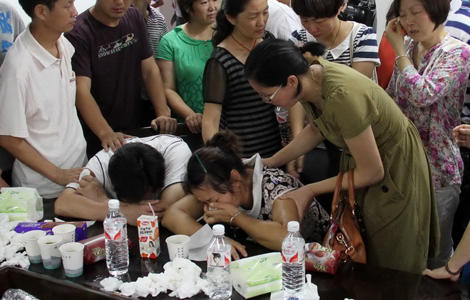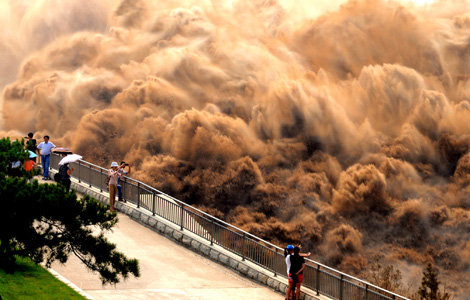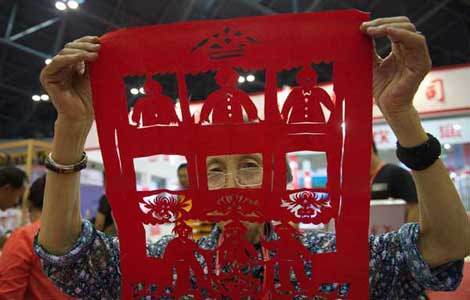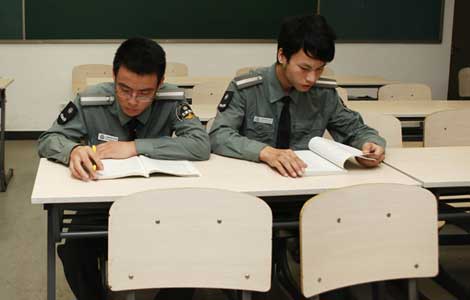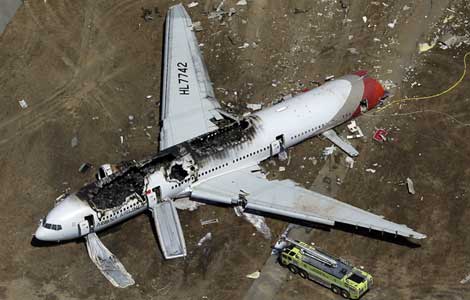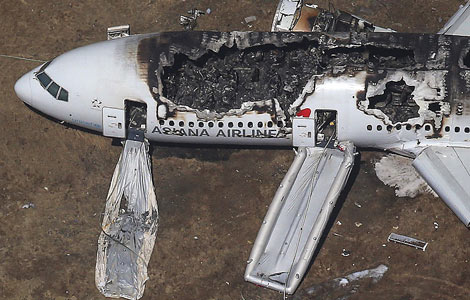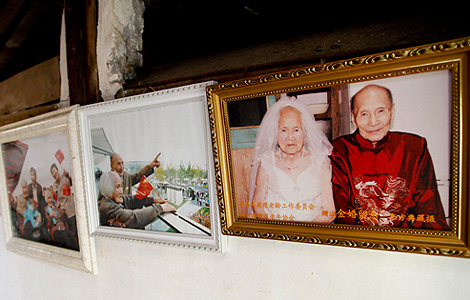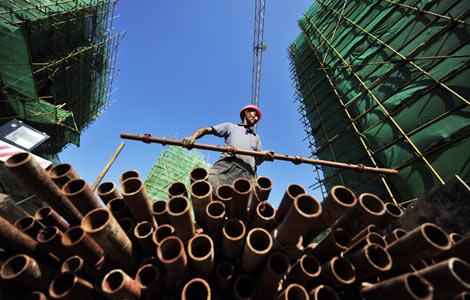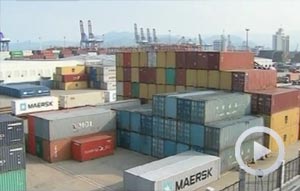SF air disaster unlikely to deter students and tourists
Updated: 2013-07-08 11:52
By Chang Jun and Chen Weihua (China Daily)
|
||||||||
The tragic loss of two young lives in the weekend crash of Asiana Airlines Flight 214 in San Francisco was felt acutely in the teenage victims' home city in eastern China's Zhejiang province.
Wang Linjia and Ye Mengyuan were two of 141 Chinese among the 307 people - 291 passengers plus 16 crew members - on board the Boeing 777. Their group included 70 students and teachers from Zhejiang and the northern province of Shanxi, on trips to summer camps and other pre-college exchange programs in the United States.
The crash on the side of one of San Francisco International Airport's four runways happened late Saturday morning - in the predawn hours of Sunday in China. Hours later, according to media in Zhejiang, parents of the two girls and some other students gathered at Jiangshan Middle School, where Wang and Ye studied, to express hope of seeing their children again as soon as possible.
Thirty-five people from the school, 30 students and five teachers, were aboard Flight 214. Their plane took off from Shanghai and stopped in the South Korean capital, Seoul, before heading to San Francisco.
Jiangshan Middle School has organized summer-camp trips in the US for its students for over 10 years, and this 15-day session cost about 30,000 yuan ($4,760) per student, local media quoted one parent as saying.
Many Chinese parents believe summer camps give their children an opportunity to interact with American culture and prepare them for possible study later at a US college or university.
The large number of students on the trip reflects the recently increasing popularity of student exchanges between the two countries.

According to the New York-based Institute of International Education, the number of Chinese students on US campuses reached a record high of 194,000 during the 2011-12 academic year. That was 23 percent higher than the previous year and accounted for a quarter of all international higher-education students enrolled in the US.
More students from the US are also going to China. President Barack Obama announced during a November 2009 trip to China that the US had a goal of sending 100,000 Americans to study in China by 2014. The initiative was officially launched in May 2010 by then-secretary of state Hillary Clinton.
"We focused on student exchanges because we believe the future is very clearly in the hands of the young people of both of our countries," Clinton said earlier this year at a State Department ceremony for the 100,000 Strong Foundation, a nonprofit group that is carrying out the initiative. "The more we can foster exchanges and understanding, mutual trust, the better off not only the relationship will be, but each of our countries individually."
During a visit to Washington two years ago, State Councilor Liu Yandong, now a vice-premier, announced 10,000 Chinese government scholarships for American students.
Besides the summer influx of student tourists, a growing number of Chinese adults are spending some of their new wealth on travel to the US.
A May report from the US Commerce Department's Office of Travel and Tourism Industries said Chinese tourists spent $9.2 billion in the US last year, up 19 percent from 2011.
Nearly 2 million Chinese visitors are expected to land in the US this year, according to the US Travel Association. This still represents a relatively small slice of China's outbound tourism market, which China's central government predicts will hit 200 million visitors by 2020.
Chinese tourists' spending, which is among the highest per capita of any group of foreign tourists in the US, supported 53,000 American jobs.
This week's fifth US-China Strategic and Economic Dialogue in Washington will address a host of bilateral issues at high government levels. Later this summer, a China-US Consultation on People-to-People Exchange will aim to facilitate grass-roots exchanges in culture, education and sports.
Two weeks ago, a group of Chinese artists displayed 40 fan paintings at Washington's Meridian International Center to showcase a unique art form dating back more than 1,000 years.
Li Xiaolin, president of the Chinese People's Association for Friendship with Foreign Countries, who headed that delegation, said she hoped the exchange would be an effective channel to deepen friendship and understanding between the countries' people.
With an official investigation underway into what caused Saturday's tragedy, many people will reflect on the safety of air travel. But the transfer of Chinese and Americans - students and tourists alike - across each other's borders is unlikely to abate.
Contact the writer at junechang@chinadailyusa.com and chenweihua@chinadailyusa.com
(China Daily USA 07/08/2013 page3)
Most Viewed
Editor's Picks

|

|

|
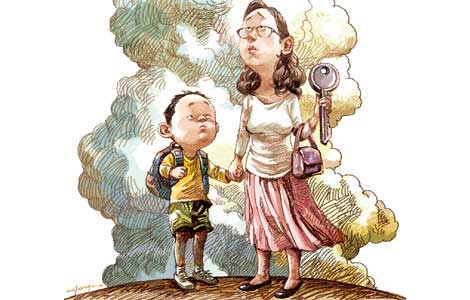
|

|

|
Today's Top News
Boeing 777 passenger 'mumbled a prayer'
Ex-minister gets suspended death
Workers return after dispute
Job seekers should be cautious abroad
River pollution sparks criticism
Terror attack was planned: suspect
Booming security industry needs skilled youth
A bright future for native black pigs?
US Weekly

|

|
